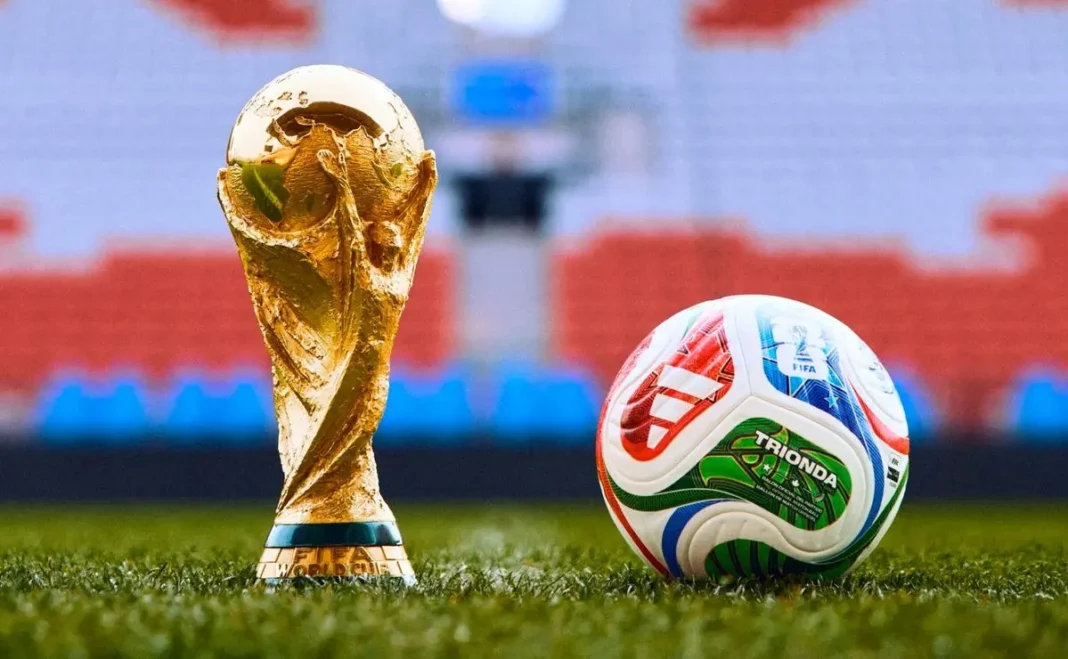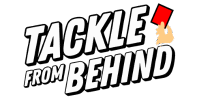Every four years, Adidas faces an impossible task: create a football that satisfies the world’s greatest players, passes the scrutiny of engineers obsessed with aerodynamics, and captures the imagination of billions watching football’s biggest tournament. The Trionda, unveiled as the official match ball for the 2026 FIFA World Cup, represents Adidas’ latest attempt at achieving that trifecta. Introduced on October 2, 2025, this ball arrives with revolutionary technology, bold aesthetics, and already, a fair share of controversy.
The Name Tells the Story
Named Trionda, meaning three (Tri) waves (Onda)- the ball pays homage to the three host countries: Canada, Mexico, and the United States. It’s the first time a World Cup will be staged across three nations simultaneously, and Adidas has ensured the ball reflects that historic collaboration.
The ball’s predominantly white design features vibrant red, green, and blue colors representing each host nation, with dynamic patterns inspired by their cultures. Each panel features country colours that connect in a triangle at the center, symbolizing three nations coming together. The iconography is deliberately significant: a Star for the USA, a Maple Leaf for Canada, and an Eagle for Mexico appear as bold graphics on the panels and subtly embossed onto the ball’s base.
Gold embellishments honor the FIFA World Cup trophy, with detailing that outlines patterns across the ball’s face, a champion’s colour for the champion’s ball.
Sam Handy, General Manager at Adidas Football, explained the design philosophy: “With Trionda, every detail has an impact. The embossed textures, layered graphics and bold colours make the ball stand out instantly. It’s the most visually playful FIFA World Cup ball we’ve ever created.”
Revolutionary Four-Panel Construction
Here’s where the Trionda breaks from tradition in ways that matter beyond aesthetics. The ball is stitched together from just four panels; the smallest number yet for a FIFA World Cup ball. To understand why that’s significant, you need to appreciate how ball construction affects performance.
Traditional footballs used 32 panels, the classic hexagon-and-pentagon design everyone recognizes. Over the years, Adidas reduced that number: the 2006 Teamgeist used 14 panels, the 2010 Jabulani had just 8, and the 2014 Brazuca returned to 6. Each reduction aimed to create a more spherical shape with fewer seams, theoretically improving aerodynamics and predictability.
![]()
The embossed icons also provide elevated grip when dribbling or striking the ball in wet or humid conditions, a practical consideration given matches will be played across diverse climates from Toronto’s potential rain to Mexico City’s high altitude.
Connected Ball Technology 2.0
The Trionda’s most significant innovation isn’t visible to the naked eye. Match day footballs carry the latest evolution of Adidas Connected Ball Technology via an innovative side-mounted chip system.
Previous World Cup balls featured center-mounted sensor chips held by suspension systems. The Trionda abandons that approach. The 500Hz inertial measurement unit (IMU) motion sensor chip now sits inside a specially created layer in one of the four panels, with counter-balances across the three other panels ensuring continued flight stability and balance.
Why does this matter? The technology sends precise ball data to the Video Assistant Referee (VAR) system in real time, which, when combined with player position data and artificial intelligence, helps match officials make faster offside decisions. Developed in collaboration with Kinexon, the technology can also identify each touch of the ball, helping resolve incidents, including possible handball.
The implications are profound. Offside calls that currently require minutes of VAR review could be resolved in seconds. Disputed handballs, often turning on whether contact was deliberate, can be analyzed with data showing ball trajectory and contact point with millisecond precision.
Theories, Controversies, and Questions
Not everyone is thrilled. Before its official launch, Trionda faced criticism for being difficult to track visually, with goalkeepers and defenders expressing concerns about the ball’s visibility during match play. The bold, multi-colored design that Adidas celebrates as “visually playful” has been described by some players as distracting or difficult to follow against certain stadium backgrounds.
There’s also the yearly debate about World Cup balls fundamentally changing mid-tournament behaviour. The 2010 Jabulani remains infamous for its unpredictable flight path, frustrating goalkeepers and prompting complaints from players worldwide. The 2014 Brazuca overcorrected, perhaps becoming too predictable and reducing the spectacular long-range goals fans love.
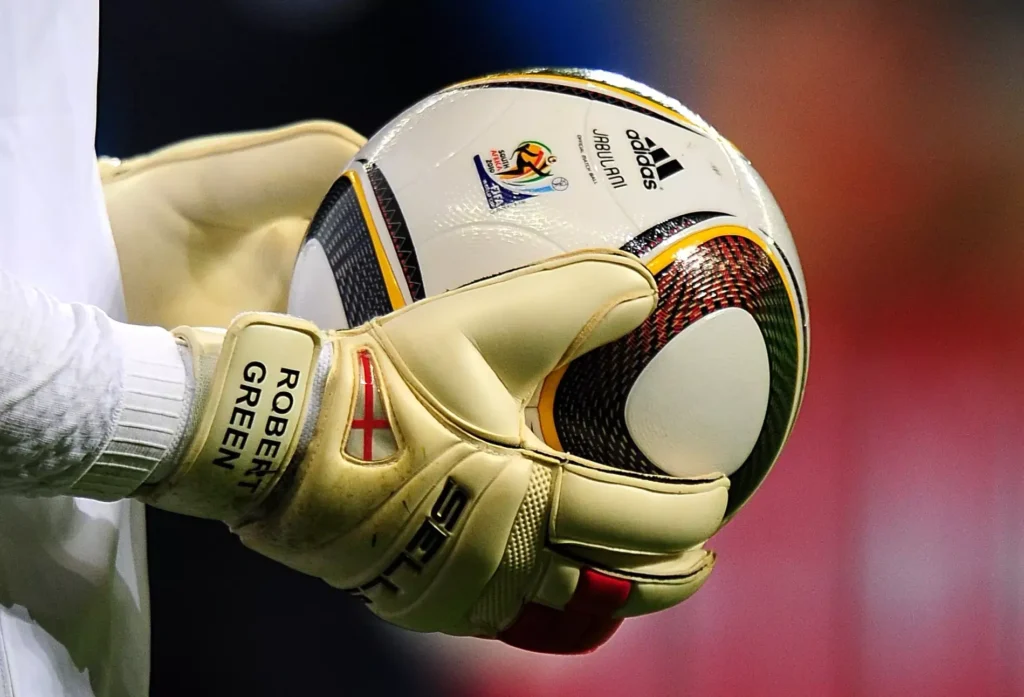
Where will the Trionda fall on that spectrum? The four-panel construction and strategic embossing suggest Adidas has prioritized stability, but high-altitude matches in Mexico City (2,250 meters above sea level) could produce unexpected aerodynamics. Thinner air means less drag, potentially causing the ball to behave differently than in sea-level venues like New York or Toronto.
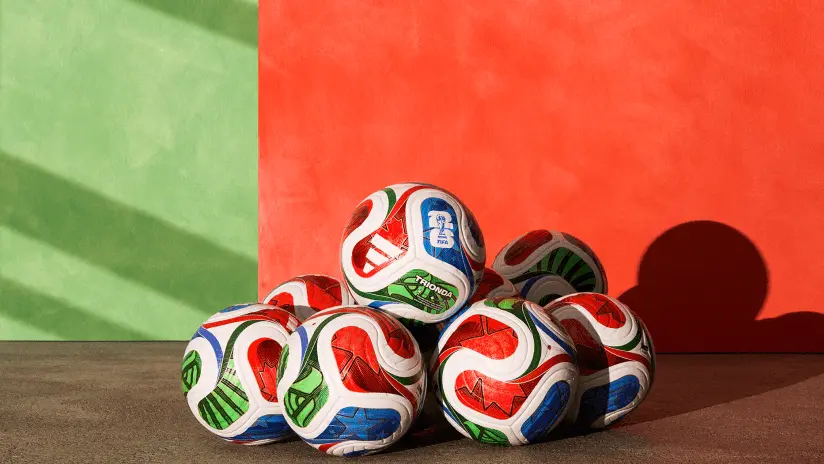
The connected ball technology raises its own questions. Will the side-mounted chip system truly maintain perfect balance, or will players detect subtle weight distribution differences? Can the 500Hz sensor accurately capture every touch in crowded penalty box scrambles where multiple players contact the ball within milliseconds?
The Verdict
The Trionda Match Ball is available via Adidas.co.in for 15,000 INR, with budget-friendly versions also available. The ball will be used in FIFA World Cup 2026 matches, kicking off June 11, 2026, for the first time, featuring 48 teams across 16 stadiums in 3 countries.
Whether the Trionda becomes remembered as a technological triumph or another controversial World Cup ball remains to be seen. What’s certain is that Adidas has pushed boundaries; fewer panels than ever, relocated sensor technology, and aesthetics deliberately designed to celebrate North American sporting culture.
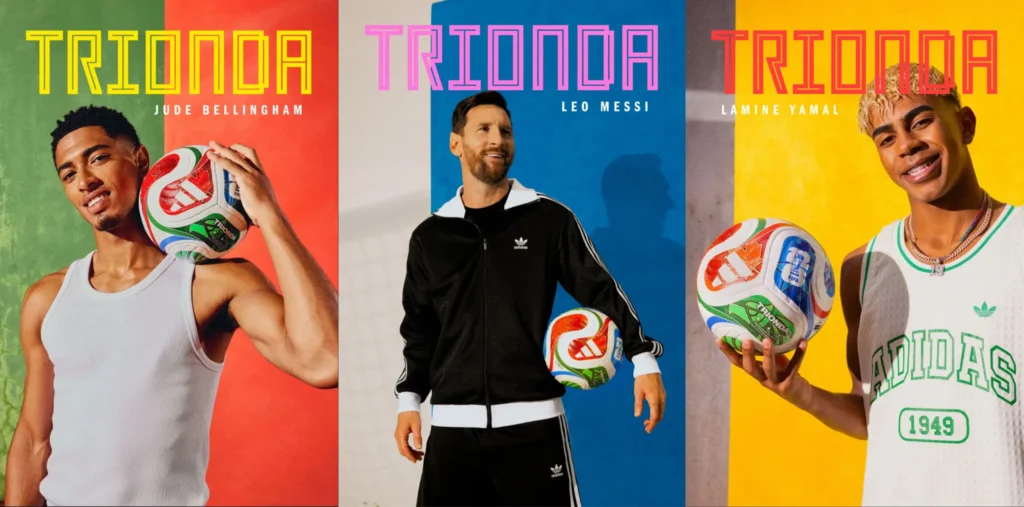
Come next summer on TFB, when the world’s greatest players strike the Trionda in packed stadiums, and we’ll discover whether this four-paneled, sensor-laden, wave-inspired football lives up to its ambitious promise. Until then, it remains what every World Cup ball becomes: a symbol of hope, controversy, and the belief that even football’s most fundamental object can be reimagined.

